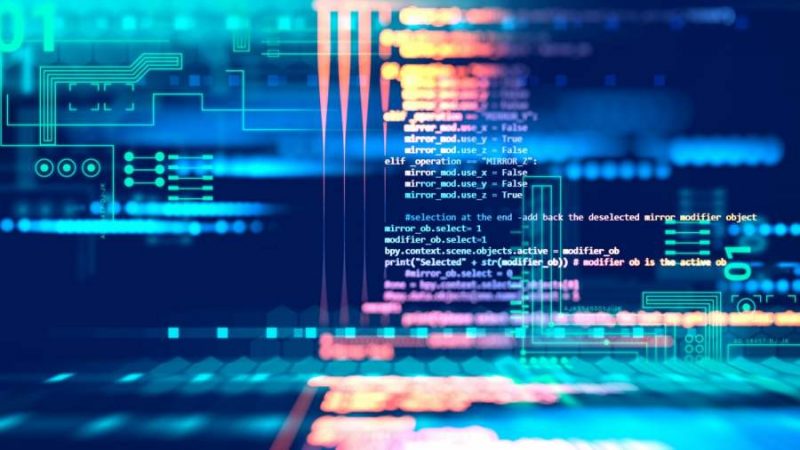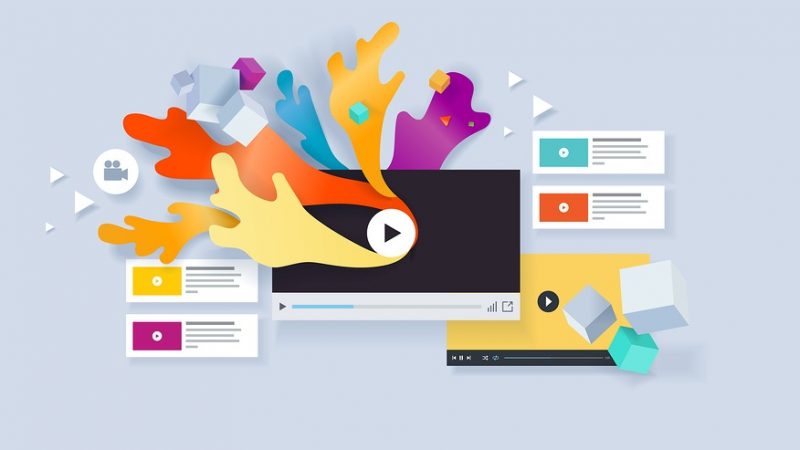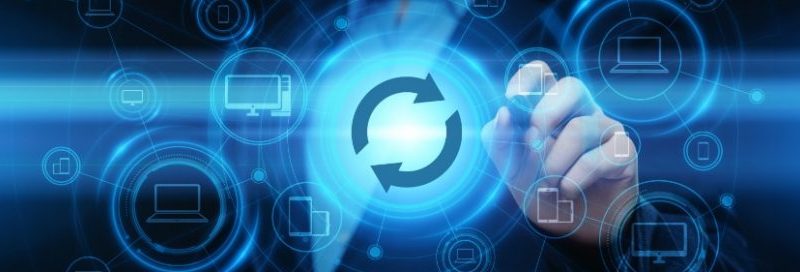Future Outlook For The Tech: IoT Trends That Will Change Our Lives in 2022–2025
The technology industry has undergone a long way in a decade, and the next few years look no different. With the advent of new and innovative solutions that alter our life, such as IoT software development and 5G networks, businesses and consumers alike can expect big changes in how we live and work. In this article, we’ll look at some of the key IoT trends expected to dominate from 2022-2025.
Internet of Things: A Simple Explanation
The Internet of Things concept is the core idea of bringing together different physical objects by connecting them to the web so that they can potentially share data. That includes devices like thermostats, cars, lights, and home appliances. The key premise here is that these devices can improve efficiency and automate tasks through data exchange. For example, a smart thermostat could use data from weather forecasts to adjust the temperature in a home, or a car could automatically call for help if it detects an accident.
The IoT can potentially transform many industries, from healthcare to transportation. However, it also raises concerns about privacy success and security stability. As more devices are connected to the internet, there is an increased risk of data breaches and cyber-attacks. As the IoT continues to grow, these concerns will need to be addressed to ensure that the benefits of this technological gift can be fully realized without creating severe risks.
3 Examples of How IoT Works In Real Life
Here is how the technology is being used in the real world:
- Smart homes: Thanks to connectivity, you can now control your home’s heating, cooling, and lighting from your smartphone. You can also receive alerts if there’s an intruder.
- Wearables: Fitness trackers and smartwatches are two examples of how IoT is used in wearable technology. These devices can track everything from your heart rate to your steps and even provide notifications and alerts.
- Connected cars: Many new cars now have built-in WiFi and other connectivity features. That allows you to check your car’s location or monitor its performance remotely. It also gives us automated parking and hands-free driving.
Top 4 IoT Trends That Will Shape Our Nearest Future
Now, how exactly will IoT impact the future? Well, here are 5 major trends that are of special interest in this regard:
Increased connectivity
As more and more devices are interconnected, we can expect to see an increase in the number of applications and devices available. The increased connectivity ensures access to information and lets us control the environment.
Improved healthcare
Besides all else, IoT is also starting to have a positive impact on healthcare. With wearable devices, we can track our fitness levels and monitor our health 24/7. This ongoing monitoring can help catch potential health problems early and prevent them from progressing into serious issues. IoT also improves patient care by giving doctors real-time access to patient data.
Enhanced security
With so many devices linked one to another, it’s important to ensure that they are all properly secured to prevent hackers from gaining access to sensitive data. TAs interconnection gets prevalent, so does the need for enhanced security measures. Thankfully, several security solutions are already available to help ensure decent protection.
Greater sustainability
IoT can also help us move towards a more sustainable future by helping us conserve resources and energy. For example, smart thermostats can automatically adjust themselves based on outside temperatures, which can help to reduce energy consumption. Additionally, IoT-enabled appliances can notify you when they need repair or replacement, which helps avoid wastefulness.
As more devices become available and more homes and businesses adopt these technologies, we can expect even greater changes shortly (and maybe even sooner than we can predict).
IoT and Artificial Intelligence
Artificial Intelligence (mostly referred to as AI) is a technology that enables machines to learn from data and perform human-like tasks, such as recognizing faces or translating languages. AI of Things (IoT), in turn, is the hybrid of the two technologies, which can provide insights that enable automated decisions and actions.
For example, an AIoT system could automatically adjust the temperature in a room based on the number of people present or turn off the lights when everyone has left. By combining the power of connectivity with the intelligence of AI, IoT has the potential to transform our lives and make our routine more seamless, efficient, and connected.
IoT and 5G
As was previously determined, IoT fosters interconnection between all physical devices, vehicles, and other items with embedded electronics. The goal of this interconnection is data exchange. 5G innovation is the next generation of wireless tech that promises to ensure higher speed, lower latency, and more reliable connections. While 4G LTE networks are designed to support mobile broadband applications, 5G will be designed to support various new IoT services and applications.
5G will allow a greatly expanded connectivity ecosystem by providing the speed and latency essential to support real-time data collection and analysis. In addition, 5G will enable new levels of process automation and remote control that are impossible with today’s cellular networks. Ultimately, 5G will play a key role in enabling the full potential of total interconnectedness.
Wrapping Up
To sum up, the future IoT holds for us is exciting and curious. What is clear, at this point, is that IoT will make our lives simpler and generally more convenient. As to the privacy risks inherent in the concept of interconnection, we’ll have to think of some effective ways to mitigate them.
Follow TechR for more!





